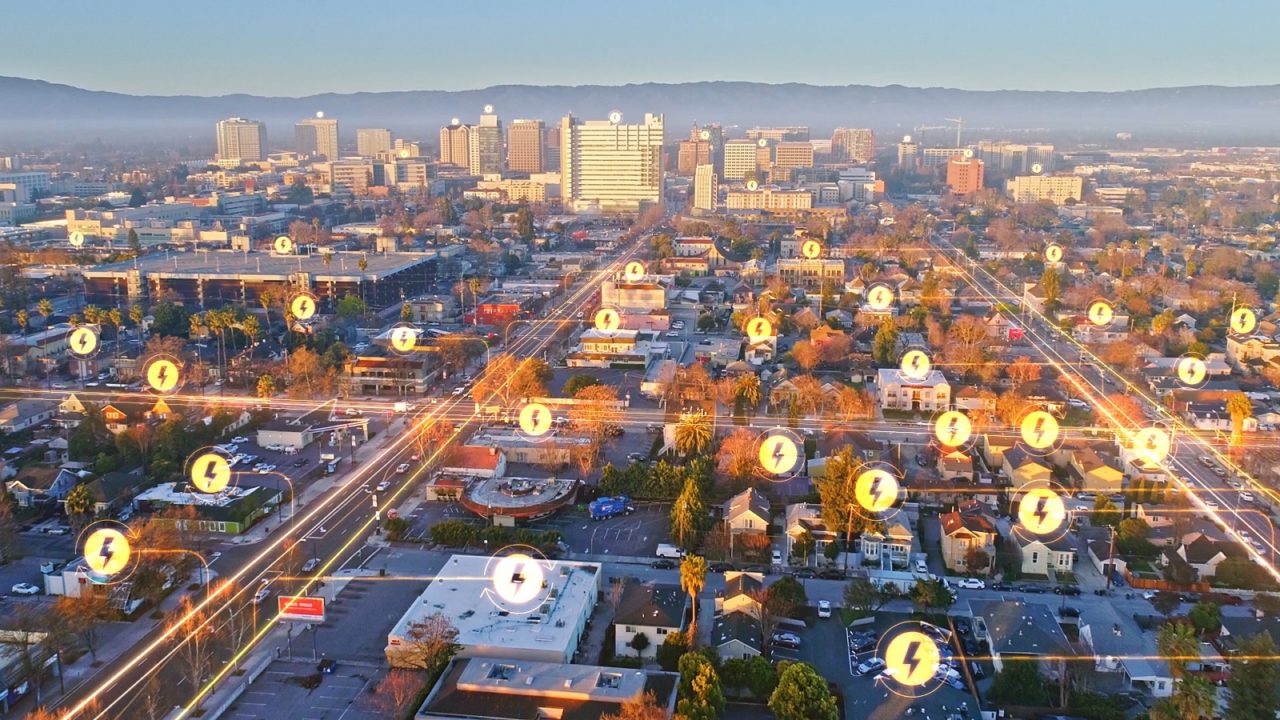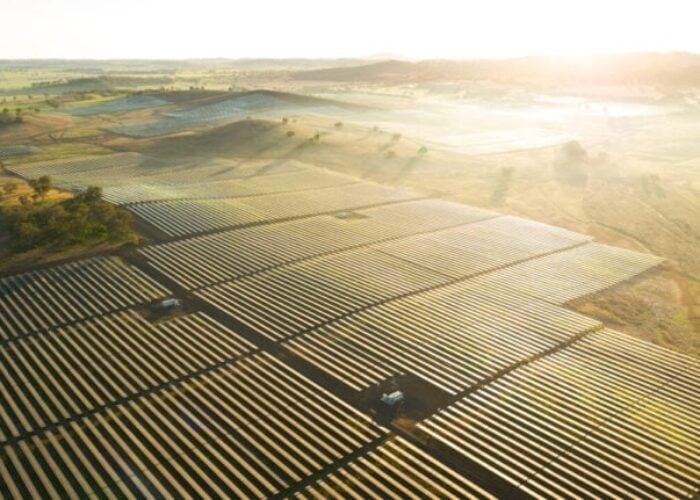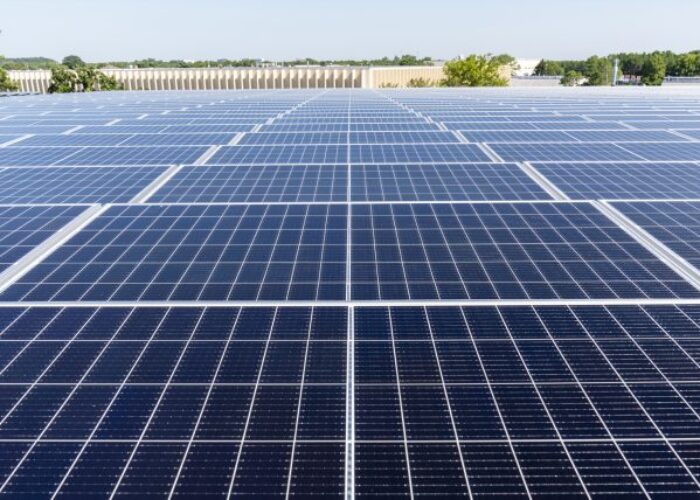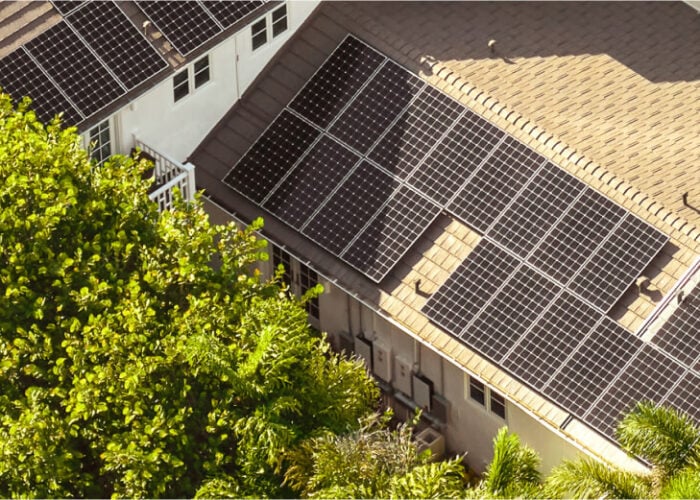
Incentive schemes and decreasing prices have made solar energy more cost effective and accessible. With solar power penetration continuing to rise, the electric grid now needs to cope with the fundamental hurdle of how to smartly manage an otherwise uncontrollable distributed energy source.
Batteries and controllable demand are critical in overcoming this challenge. When energy storage and smart devices are used to control solar energy that is generated, it helps to create a smarter, more interactive grid, in which supply and demand is managed, instead of it simply being responsive. In addition, the integration of these new controllable distributed energy resources into the grid creates new value streams for multiple stakeholders.
Unlock unlimited access for 12 whole months of distinctive global analysis
Photovoltaics International is now included.
- Regular insight and analysis of the industry’s biggest developments
- In-depth interviews with the industry’s leading figures
- Unlimited digital access to the PV Tech Power journal catalogue
- Unlimited digital access to the Photovoltaics International journal catalogue
- Access to more than 1,000 technical papers
- Discounts on Solar Media’s portfolio of events, in-person and virtual
Battery value stacking and demand response in the residential solar market offer a great deal of opportunities to support a more interactive grid. While adding batteries to PV systems can offer homeowners additional benefits, such as backup functionality, increased energy independence, and reduced electric bills, it also offers value to the grid, such as meeting energy supply shortages, hedging price volatility, and maintaining grid stability.
For instance, the same battery can be used by a system owner to lower personal electric bills and also used as part of a virtual power plant (VPP) to help lower wholesale energy prices during peak demand.
However, it is more than just batteries that can be pooled and aggregated in VPPs. Smart distributed energy resources, such as smart plugs, EV chargers, and hot water heaters, can also be pooled in order to create a demand-response VPP. This is possible, to a large degree, due to the expanding role of the inverter, which no longer only manages solar energy production, but now is also responsible for smart energy devices.
With these new smart inverters being increasingly responsible for demand-side flexibility, they are playing a key role in managing demand response events by relaying VPP commands to the underlying assets. The control that inverters provide over distributed batteries and other responsive appliances creates exciting new opportunities for interactively managing demand and supply, instead of only having the ability to reactively ramp up production to meet demand.
While battery value stacking and demand response is often discussed within the residential solar market, the commercial and industrial (C&I) sector potentially offers even greater opportunity. In terms of value stacking, when C&I PV sites are coupled with batteries and connected to VPPs, they can provide up to thirteen different services for three different stakeholders. For example, batteries can help system owners reduce demand charges or maximize self-consumption at the site level, and also help support grid stability for the utility. One way C&I sites can help support grid stability is by discharging batteries during duck curve ramp up in the evenings, when they typically don’t have large energy demand, in order to reduce stress on the grid.
Since C&I installations have a larger capacity in terms of energy production, consumption, and storage, each site has an even greater impact on the grid, while still offering the benefits of distributed production. To provide demand-slide flexibility, the C&I sector also offers exciting opportunities due to the larger variety of devices and machinery that can be leveraged when tied to VPPs. Economically speaking the C&I sector is more scalable than residential sites for grid services. This is because C&I sites have reduced acquisition costs and communication cost per MW for grid service participation.
With solar battery-based residential VPPs already proving their value, and demand-response VPPs not far behind, VPPs that include C&I sites are likely to have a bright future. In order to support the successful implementation of C&I VPPs, there are still a number of technology advancements that need to be developed, such as smarter inverters and metering, predictive analytics, and external interfaces for pricing signals and weather information.
In addition, batteries and other Distributed Energy Resources (DERs) will require new developments. Batteries will need to be designed to support high C rates and high energy throughput with unpredictable charging patterns. The underlying DERs will also need to become faster and more accurate, while simultaneously providing interconnectivity (IoT) and interoperability. Likely to become one of the most important DERs in demand-response VPPs are EV chargers, due to the expected growth of the EV market.
This will require a more sophisticated understanding of usage patterns and the ability to interface with the driver in order to coordinate charging times, balancing the needs of the driver and the network. With much of the industry already working on these advancements, the future of a smart, interconnected grid that incorporates C&I energy generation, consumption, and storage, may be closer than we think.







